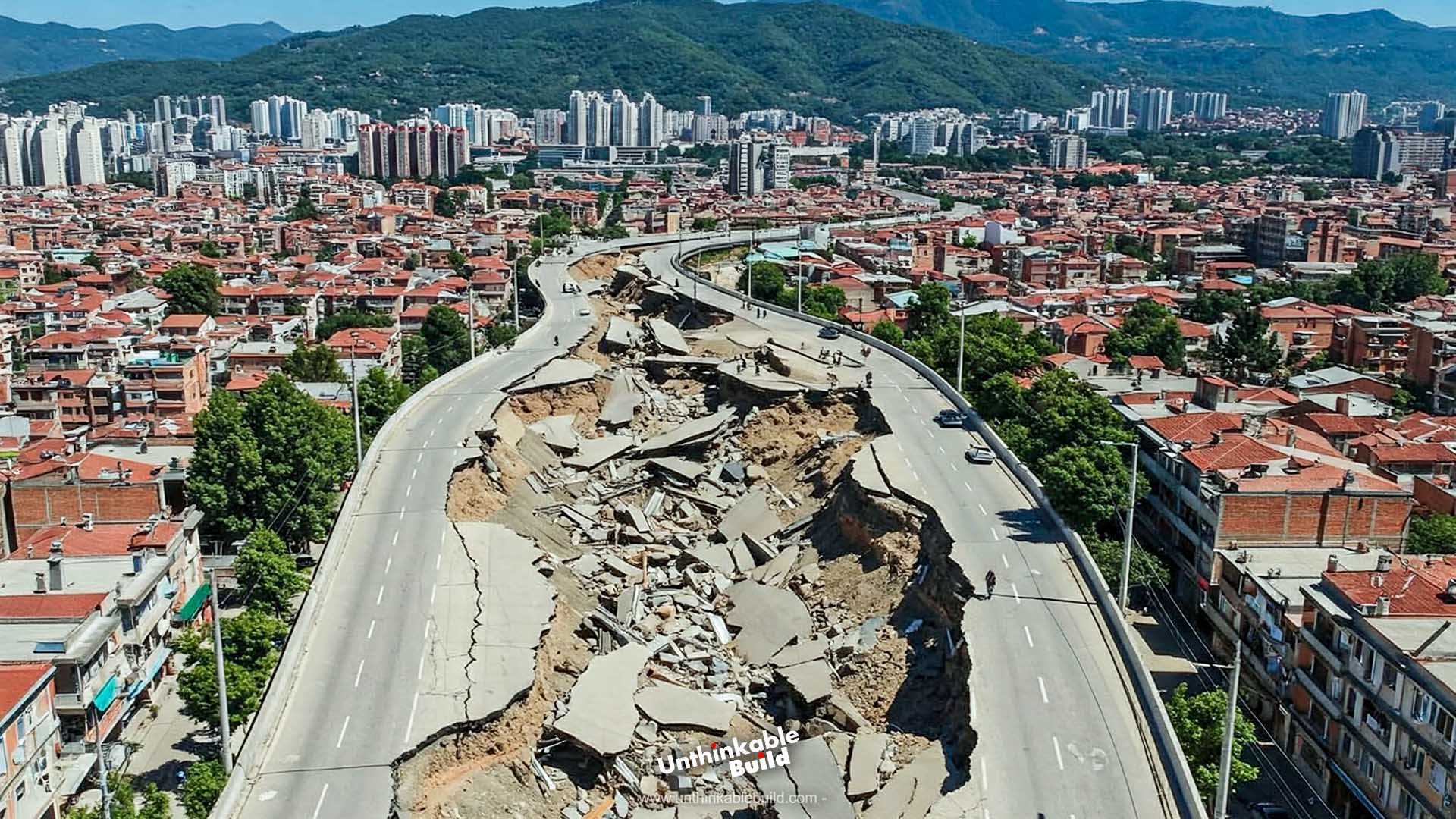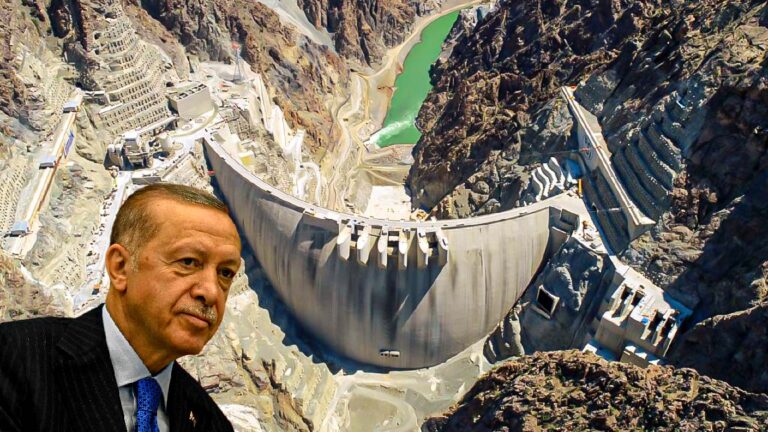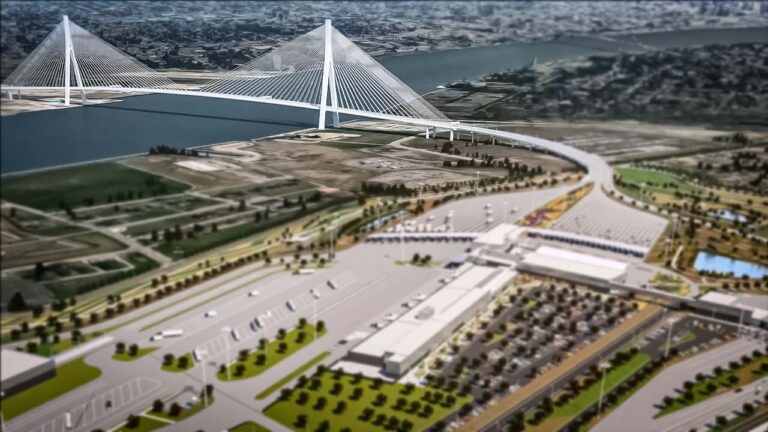How China’s Belt and Road Initiative Collapsed
Now picture a plan so grand it attempted to reconstruct the current world order as we know it: Imagine highways extending through jungles, ports emerging from barren coastlines, and railroads connecting entire continents. This was China’s Belt and Road Initiative, the most ambitious infrastructural endeavor in human history. It sought in 2013 to lift nations from poverty, secure China’s control as a dominant force, and change the very nature of trade globalization. Unfortunately, that glorious vision is slowly deteriorating even as we speak. Several uncompleted ghost projects have emerged in Africa, countries are sinking deeper into debt, and protests are erupting from places as remote as Pakistan to Ecuador. Was this always a trap? Did they standardize the cost of living just to make things worse? China threw the bait and we took the bait. The shocking reality is that China has silently rewired the global economy while the West was distracted. Now we are all paying the price. The BRI is not failing as some may suggest. Infrastructure projects in addition to secret military bases and unsupervised zones for environmental collapse are setting us up for a new cold war.
In 2013, China set out to redesign the entire structure of global commerce with the aim of positioning themselves at the forefront: Ports, roads, and railways designed to revolutionomize international commerce were planned to be built under a single China-centric mega city that would be termed the flagship city. The Generational Initiative, as it is called, comes with a cost of one trillion dollars.
It was a win-win situation. China would get richer and poorer countries would get the required modern infra. But all the dreams turned into nightmares a decade later. China’s grand vision came with half done projects, angry protests, and debts that were not needed. It becomes clear that there is so much wrong. Is this Chinas way of saying they have lost interest in setting global boundaries? Let’s explore this question.
Also Read: Latin America’s Insane Mega Projects That Could Change EVERYTHING
Noone expected the Initiate that China proposed. With everything covered, they were ready to offer ports inMultipurple Of Ocean. Highways would connect villages through jungles alongside high speed trains cutting across continents. More than 140 countries, including major powers like Russia were on board. And China was ready for the deal considering they had huge amounts of money, cutting edge technology, and skilled manpower. In fact, nobody could argue that it worked. Travel times were slashed in Kenya for rail travel and trading in Pakistan and Sri Lanka was boosted. China seemed to be reaching the goals set for the developing world.
But soon after, problems began. The first issue was debt, and lots of it. Countries like Zambia and Sri Lanka borrowed billions to build flashy projects with China, then went broke. Sri Lanka ended up conceding a major port to China for 99 years. Zambia, who was deep in debt, lost control of their national airport. This was termed “debt trap diplomacy,” where the Chinese government took key infrastructure and other assets that nations were unable to pay for. China denied this, but evidence kept coming out. The China-Pakistan Economic Corridor, worth 60 billion, was supposed to make life easier for Pakistan, but turned out disastrous and left the nation with debts and furious citizens.
They did not limit themselves to finances. Numerous other projects inflicted severe ecological consequences. Indonesia Island’s forest were leveled for nickel mines as fuel for China’s electric vehicle industry. The construction of a massive dam in Myanmar was halted after violent protests concerning the displacement of people you would flood. Even so-called green projects had issues. Promises of no further funding for overseas coal power plants resulted in dozens being built, but only dirty countries able to use them for decades.
Then came the blunders. The projects that either tanked or became utterly useless. Montenegro, a little European country, borrowed $1 billion, about a third of its GDP to build a highway. But the costs ballooned and the highway was built in a circle. In Malaysia, a new railway was quoted at an unreasonable price and had to be re-negotiated. In Africa, some government offices and hospitals built by the Chinese remained vacant because the local staff trained to operate them were not trained.
However, the most shocking aspect is that, regardless of these failures, China is not backing down. Instead, they’re simply shifting their approach. From massive, more expensive projects, they’re now working in more smaller approaches and focusing on less large-scale initiatives like developing digital infrastructures, setting up solar farms, or equipping countries with 5G technology. Now they’re also working on minimizing negative attention by re-negotiating debts and claiming they’ll keep their promises to reduce pollution. But the damage is likely already done. The rest of the world is realizing the strings attached to these loans in which the US and Europe have already begun to strategize.
Now, we can delve into the pivotal question: Is China’s Belt and Road Initiative an international investment opportunity or is it a strategic attempt at domination? The answer is complicated. Chinese investment has been advantageous for some countries and disastrous to others. However, what is obvious is that China’s trillion-dollar investment has dramatically altered global systems and continues to do so.
We’ve seen broken promises, the debt traps, and progress being already set back due to environmental challenges. What is unexpected however, as many argue, is that China is, well, changing the way the entire game is played. The initiative is neither ending, nor evolving, but what comes after this will alter everything more than the previous decade did.
After years of appearing as the world’s banker, the country is now sliding into critisism mode. Highways and empty ports mark ghost spending, and no longer a priority. Tech projects focusing on Building things like AI, solar farms, and digital frameworks. Why? Because they do not simply build more roads—they build credibility. A new data center in Asia or a 5G network in Africa is far more useful for China than a port, and serves as a boost in the global technology war.
But the criticism is increasing. Countries that once accepted Chinese investment are now pushing back. Italy, China’s only major European BRI partner, just pulled out of the program, saying it was “a big mistake.” Kenya’s new administration is reopening investigations into suspicious contracts from prior agreements. Even Pakistan—the closest ally China has—politically isstamping demands to renegotiate exploitative loans.
In parallel, the West isn’t being idle. The U.S. and Europe are launching their counter initiatives—like the Global Gateway and PGII—that guarantee open business with no-obligation investments. One important detail: they are much behind. China spent over a decade cultivating relations throughout the entire Africa, Asia, and Latin America. The West is just dipping their toes into the water.
Also Read: Why Britain’s £106 Billion HS2 Rail Project Failed?
And there is the wild card: Russia. With the West severing links over Ukraine, Moscow is turning maximum its focus to China. New rail ways, oil pipelines, and trade passages are forming between the two industrial powerhouses, building a super alliance to counter American supremacy for decades.
So, where does this leave us? The Belt and Road Initiative is not dead; it only shifts into a more perilous mode. It is less about the physical infrastructure of concrete and steel and shifts to data and diplomacy. This initiative becomes less about winning people and more about amassing power.
The real question to ponder isn’t whether China’s grand plan failed. More importantly, what world steps have been taken since and does China’s next move poses risks for the future. One thing is sure: this coming era is not only concerned about costs, but who commands the coming years.
So what’s your take, is this new approach by China implementable, or was the previous impact too destructive? Please comment below, and if this video was enlightening to you, don’t forget to hit the like and subscribe button because this global battle has just begun.







